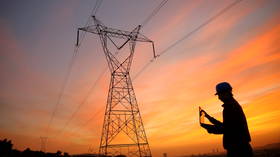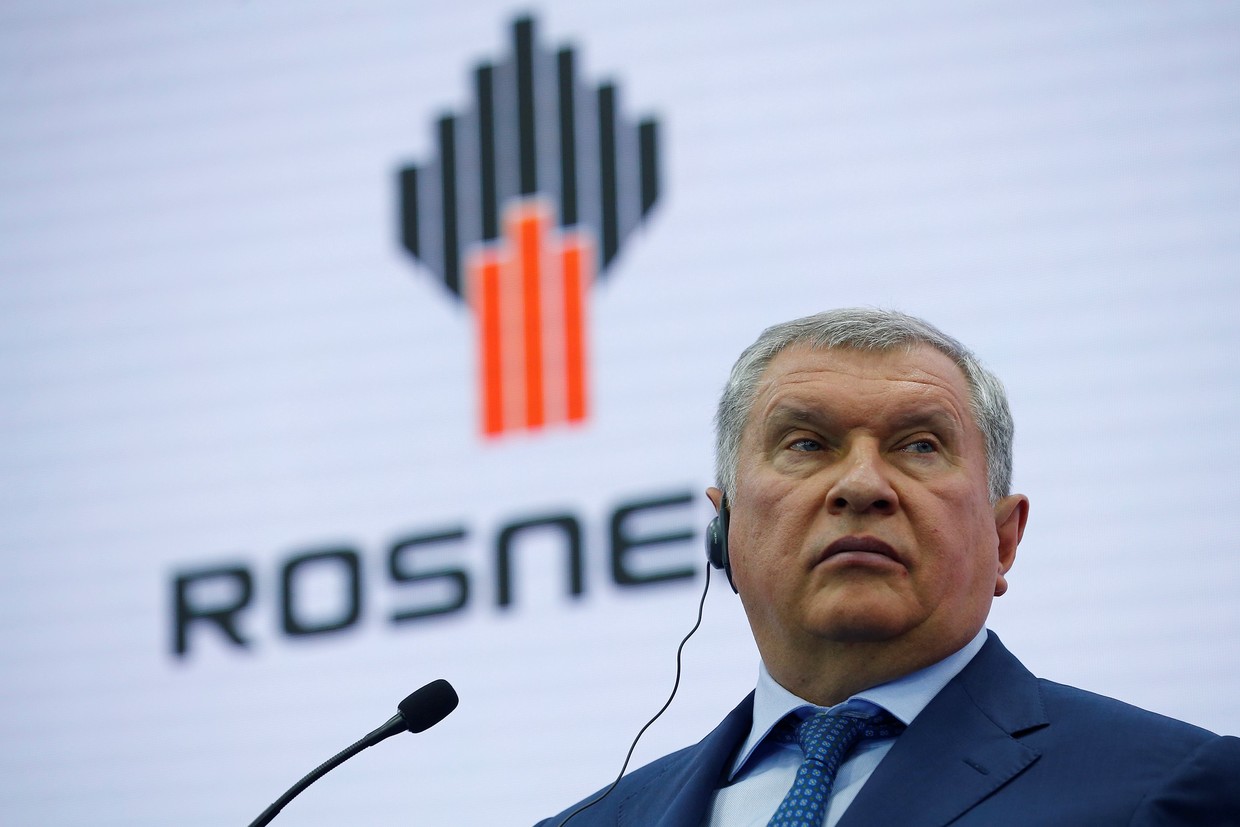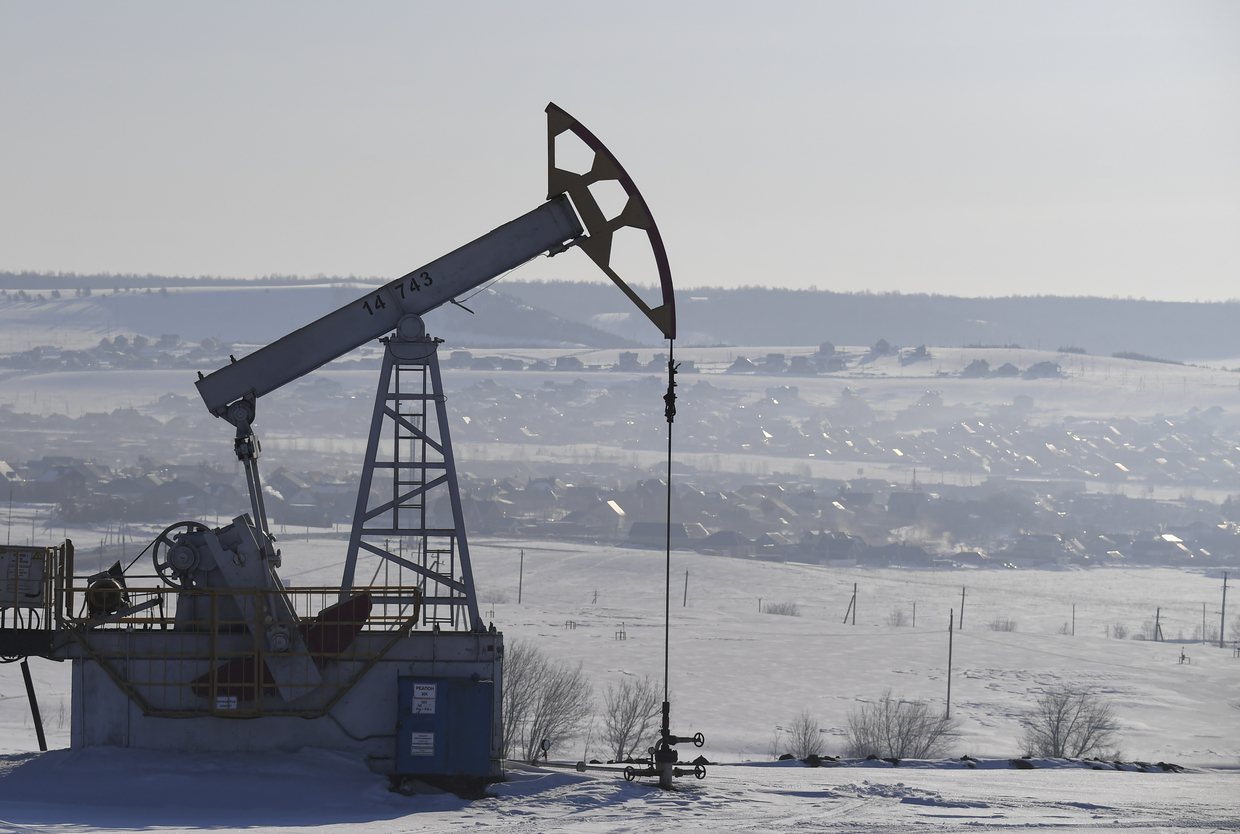The energy crisis is a major threat to the world. Is there a way out?

The West is currently in the midst of its fourth crisis in 15 years. The 2007-2008 financial crisis was closely followed by the European debt crisis, and hardly had the world managed to cope with the pandemic when an energy crisis loomed on the horizon.
And according to EU officials, the disruptions may continue. As noted by European Commission President Ursula von der Leyen, the bloc's current energy crisis risks turning into an economic and social one.
Every crisis is unique. No black swan event repeats itself. Yet, as befits a 'rare bird', they all have something in common. Namely, the costs multiply each time around. So, what will the cost of the current crisis be?
What constitutes a crisis?
Back in 1999, in response to a property bust, the Bank of Japan took what was then seen as the radical step of reducing interest rates to zero. Two years later, after a mistimed attempt to nudge rates higher, another unusual policy tool was unfurled: quantitative easing (QE) – the large-scale purchase of bonds by the central bank.
What were once seen as exotic measures employed only by Japan went mainstream during the 2008 crisis and have become deeply lodged in central bankers' toolkits ever since. By lowering interest rates, policymakers seek to influence the short-term rates banks charge each other for overnight loans, thus helping keep credit flowing. The asset purchases, meanwhile, increase the amount of money circulating in the economy and also help suppress long-term interest rates.
Such measures have predictably boosted financial markets, as much of the flood of liquidity has been deployed to bid up the prices of securities. However, in what is commonly called the real sector, things have been getting worse.
Plugging budget holes through a build-up of debt and the corresponding unrestrained growth of the money supply predictably laid the foundations for future price increases. Sixty years ago, Nobel laureate economist Milton Friedman, the founder of monetarism, famously said that “inflation is always and everywhere a monetary phenomenon.”
He argued convincingly that prices rise when the money supply grows faster than output.
However, monetary factors haven’t been the sole cause of the inflationary spiral unwinding in Europe and the US. Other factors have included the disruption of supply chains due to Covid-19 restrictions and rising prices in the energy market.
The latter is largely attributable to significant underinvestment in the energy sector, where the capital investment is currently at a 15-year low. According to Igor Sechin, head of Russian energy major Rosneft, this is due to the West's zealous interest in transitioning away from fossil fuels.

Environmental fragility became a particularly relevant issue during the coronavirus pandemic and the resulting restrictions. Imagining the ‘new normal’ of a post-pandemic world, many rashly predicted the imminent decline of oil and gas companies and spoke out against the funding of geological exploration.
Independent financial analyst Andrey Barkhota noted: “A prolonged lack of investment in geological exploration and the current production capacities of mining companies may cause a reduction in the growth of oil and gas reserves, and even the depletion of the resource base. In this case, the world economy risks facing an acute shortage of oil and gas.”
Sanctions – essentially, trade restrictions – against Russia, the largest player in the natural resource market, have greatly exacerbated this problem. In 2021, the country's share in the oil trade accounted for about 10% of the global market, with coal and natural gas both coming in at about 18%. For some regions, the figures were a lot higher. For example, Russia provided 45% of the EU’s gas supply. However, gas exports from Russia to the bloc have fallen by more than 40% since the beginning of the year, and the country's share in the market has decreased to 9%.
As a result, the supply of goods and energy is decreasing while prices keep growing. In major Western countries, inflation has reached levels that are unprecedented in recent decades. In the Eurozone, price growth has either reached or is approaching double-digit levels. According to the European Central Bank (ECB), annual inflation rates in September reached almost 11%. Meanwhile, inflation in the US is also at a 40-year high, nearing 8%.
Public discussions on inflation usually resemble Winston Churchill’s classic joke about two economists having three opinions. Yet, official statistics provide an unambiguous assessment: the rise in the cost of energy is the key factor in the acceleration of prices. In the Eurozone, annual energy price growth has exceeded 40%, while in the US, the increase has been almost 18%.
Every year, the global economy consumes about 600 exajoules (EJ) of primary energy. Since 2007, this volume has grown by 25%. Population growth is one of the key factors in increasing energy consumption. By 2050, there will be another 2 billion people on earth. At the same time, the amount of energy needed to ensure the livelihoods of 10 billion people will be 47% higher than currently.

Fossil fuels remain the primary resources for generating energy. The global energy balance consists of 31% oil, 27% coal, and 25% gas. Other types of fuel (nuclear and hydropower, as well as renewable sources) account for less than 20%. However, the production of energy based on fossil fuels is the main source of carbon dioxide emissions into the atmosphere.
In forecasting how energy resources and the energy balance will shape up, international organizations, energy companies, and analytical agencies all proceed from the assumption that the world is striving for carbon neutrality by 2050. Over 110 countries have set the goal of reducing carbon dioxide emissions by increasing the share of renewable energy sources. However, even the most optimistic forecasts predict that the share of renewable sources will account for only 35% of global energy consumption by 2050. Fossil fuels will still cover the remaining 65%.
Geopolitics brings no relief
It’s important to note that the future of energy resources will be determined not just by environmental protection concerns, but also by the struggle to control a market worth over $4 trillion. Judging by current geopolitical events, this market will be fragmented.
According to Barkhota: “This year’s dramatic events have confirmed the widely accepted thesis that in geopolitical conflicts, the determining factors for the subsequent world order are not initially predicted scenarios, but unforeseen consequences.”
Such consequences include the emerging fragmentation of the global hydrocarbon market and the increasing risk of imbalance caused by hasty sanctions against Russia, among other things. In addition to the restrictive measures imposed on the Russian oil and gas sectors (bans on financing and equipment supplies), a ban on the import of oil from Russia by sea is expected to be implemented starting December 5. And starting February 5, 2023, the same measures will supposedly apply to all petroleum products. According to von der Leyen, by the end of the year the current measures will lead to a decrease in oil imports from Russia to the EU by 90% – from 3.5 million to 0.3 million barrels per day. Meanwhile, as of September 2022, Russia accounted for 21% of oil supplies to the EU.
Back in March 2022, the United States banned the import of oil, petroleum products, coal, and LNG from Russia. The decision was virtually painless for the US, as the largest oil producer in the world.

Following its own ban on Russian energy resources, the West went to work creating similar restrictions for the rest of the world. Since it couldn’t stop other countries from buying Russian resources entirely, it turned to a price cap. Among other things, the G7 countries and the EU intend to prohibit the insurance of tankers carrying Russian oil sold above a certain price, yet to be determined.
Despite the political agreement to introduce the price cap, discussions on its feasibility continue. Russia has repeatedly stressed that it will refuse to supply energy at artificial prices. In September, a similar attempt by the EU to impose a price cap on Russian pipeline gas failed. The bloc's energy ministers could not agree on the price limit. Undoubtedly, President Vladimir Putin’s announcement that Russia will stop supplies altogether if contract prices are not adhered to played a significant role in this.
According to Anna Avakimyan, chief analyst at the RegBlock consulting company: “If Russia refuses to supply oil and gas to countries supporting the price cap, energy prices will soar and the Russian Federation will continue to sell resources to other countries. This will lead to the fragmentation of the hydrocarbon market. In fact, this is already happening: the world’s most populated countries – China and India – now receive oil, petroleum products, coal, and gas from Russia at a significant discount.” Indeed, discounts on coal and oil export are at 60% and 30%, respectively.
“In conditions when Russia sells goods at a price already below the market, it will make sense to introduce a ‘cap’ only if its level is even lower. Obviously, for Russia this measure will become an insurmountable barrier to entering the market,” Avakimyan added.
Meanwhile, Western Europe is experiencing an energy shortage and is being forced either to re-start coal mines, leading to a “coal renaissance” that should be completely unthinkable under the green agenda, or to purchase from the Persian Gulf countries at high market rates. It is not surprising that OPEC+ has refused to act against its interests and is reducing oil production, keeping prices high. Meanwhile, Qatar, guided by contractual obligations with other countries, is in no hurry to replace Russia in the EU gas market. Against this background, criticism of Qatar as the host of the 2022 FIFA World Cup, which intensified just a few days before the event, looks interesting.
Europe’s full gas storage facilities, along with a mild late fall, have had a calming effect on the markets, dampening the price hype. Yet risks remain high. Gas storage levels do not match the levels of potential consumption in the winter period. According to Peter Szijjarto, Hungary’s minister of foreign affairs and foreign economic relations, the EU’s current gas storage levels cover only 26% of consumption. As a result of the restrictive measures, many Europeans may have a very hard time this winter – though according to the sanctions plan, it’s Russia that is supposed to suffer. The situation is quite ironic.

Who wins?
High energy prices make the sale of LNG and oil very profitable for American companies – their output increased by 80% in the second quarter of the year. This is both great news for the 10 million Americans working in the industry and a supportive factor for the economy. Oil and gas production accounts for about 8% of US GDP.
Along with Norwegian companies that traditionally hold strong positions in the European gas market, the US has currently become the main gas supplier to the EU. These two countries account for a total of almost 80% of supplies. In the first 10 months of 2022 alone, the US exported 48 billion cubic meters of LNG to the EU, which is almost twice as much as in the whole of 2021. In 2023, the volume of deliveries is planned to increase by another 50 billion cubic meters. The growing market allows US LNG producers to share profits with their shareholders through generous dividends and repurchase programs.
Favorable oil market conditions also have a positive impact on the income of US oil producers. Since the end of February, they have earned more than $200 billion in net profit.
Under these conditions, Asian countries gain a significant competitive advantage for their economies. They seem to have come to adopt the simple secret that used to ensure EU’s prosperity, one recently revealed by its High Representative for Foreign Affairs and Security Policy, Josep Borrell, who noted that the prosperity of the bloc “was based on cheap energy coming from Russia.” Now, the cheap energy flows via other routes.
The oil and gas markets are cyclical. In addition to geopolitical factors, their dynamics are largely determined by large macroeconomic cycles. Today, many international financial and banking institutions are warning the world about the risks of recession in certain regions.
In a number of developed countries, GDP growth slowed sharply or even moved into negative territory in 2Q22. In Germany, growth almost stopped. In the UK, GDP decreased by 0.1%, and in the US, a technical recession began: -0.6% after a 1.6% decline in 1Q22. At the same time, the World Bank and International Monetary Fund (IMF) predict a slowdown in global economic growth to 3% in the next few years.
Indeed, past solutions are not applicable today. With the current inflation risks, it’s hardly possible to just “flood the markets with money.” The printing press is worn out. In this regard, von der Leyen’s warning on the risks of economic and social crises breaking out alongside the current energy crisis holds special significance.
The first steps towards solving these challenges are both simple and complex: settling the geopolitical conflict, terminating sanctions, and normalizing business contacts. The old economic gravitational pull between Russia and the EU, which former European Commission President Romano Prodi once compared to the complementary duo of caviar and vodka, is still there. Perhaps it’s high time for current EU leaders to heed the advice of their predecessors.

















